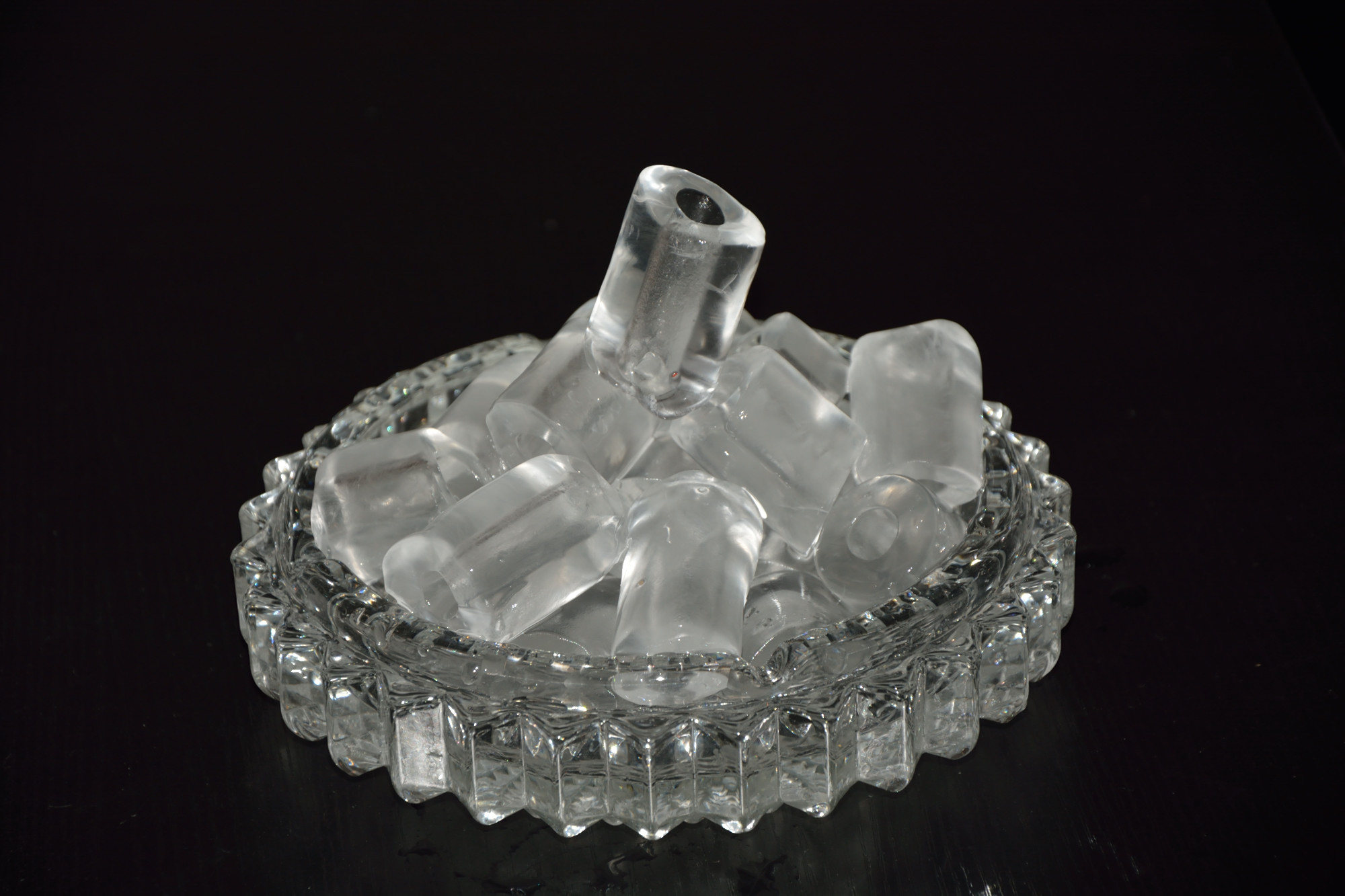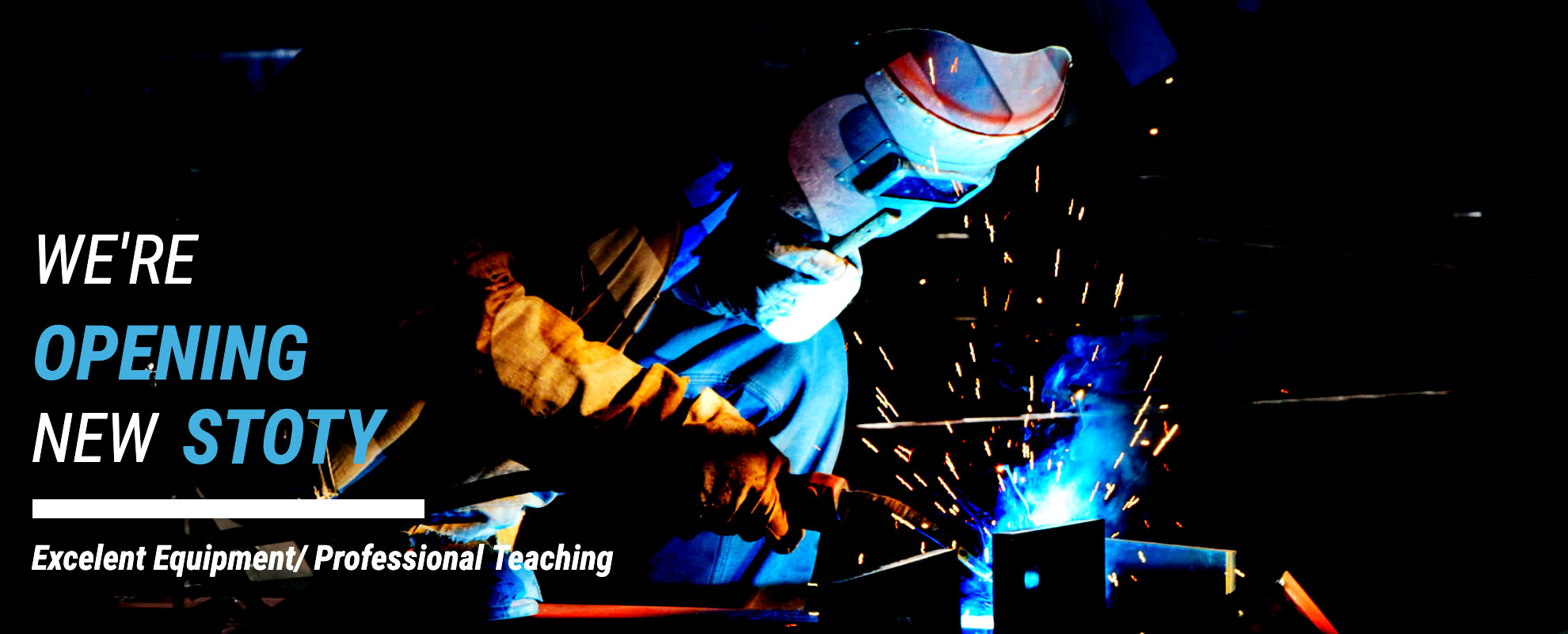Ice is essential to several fields, from medical care and cold therapy to food processing and preservation. Moreover, it is widely used in bars and restaurants to keep drinks cool. A tube ice machine is capable of producing cylindrically-shaped ice that is denser than other types of ice and has a lower melting point, making it ideal for beverage cooling. It also has a lower water content than other types of ice, allowing it to be stored for longer periods of time.
There are many different types of ice machines, including flake, nugget, and cube ice. However, there is a growing demand for more advanced and efficient systems. These systems are capable of producing high-quality ice with low energy consumption and require less maintenance than traditional models.

While a variety of factors affect the growth of this market, several limitations hinder its potential. These include a high initial capital investment and a requirement for compliance with environmental and safety regulations. Furthermore, a high level of energy consumption can limit adoption in regions where electricity prices are high or unreliable. Lastly, maintenance and labor costs can be a major barrier for small businesses.
A tube ice machine is a refrigeration-based system that uses a compressor to create ice. This ice is then stored in an insulated container. In order to produce a large amount of ice, the system operates in batches and discharges a new batch every 20 minutes. The ice that is produced by the batch is then pushed into a cutter grid, which cuts it into individual pieces. The ice is then placed in a storage tank and stored for future use.

Unlike other ice machines, which are typically manufactured in large factories and sold to end-users directly, tube ice machines are designed for small-scale production. They are built with modular components and simple on-site maintenance, which makes them more affordable than other ice makers. These machines also have a small footprint, which is ideal for use in containers.
The design of a tube ice machine makes it easier for users to clean the interior and exterior, reducing maintenance costs. A soft cloth and warm water can be used to remove solid debris, mildew, and mineral scaling, or a solution of diluted detergent can be added to the water. After cleaning, it is recommended to run a few cycles of water-only ice-making to rinse away any remaining residue. This will prevent the accumulation of contaminants and ensure that the ice is pure and safe to consume. This type of machine is also able to operate in remote locations, such as on fishing boats.


